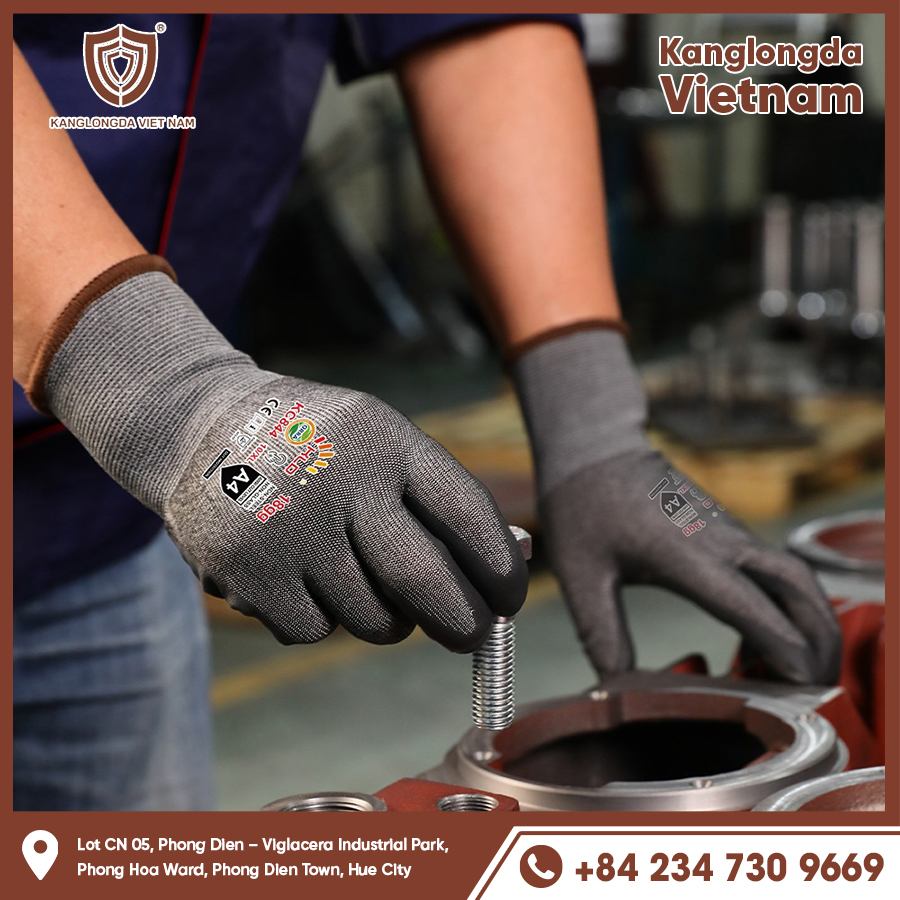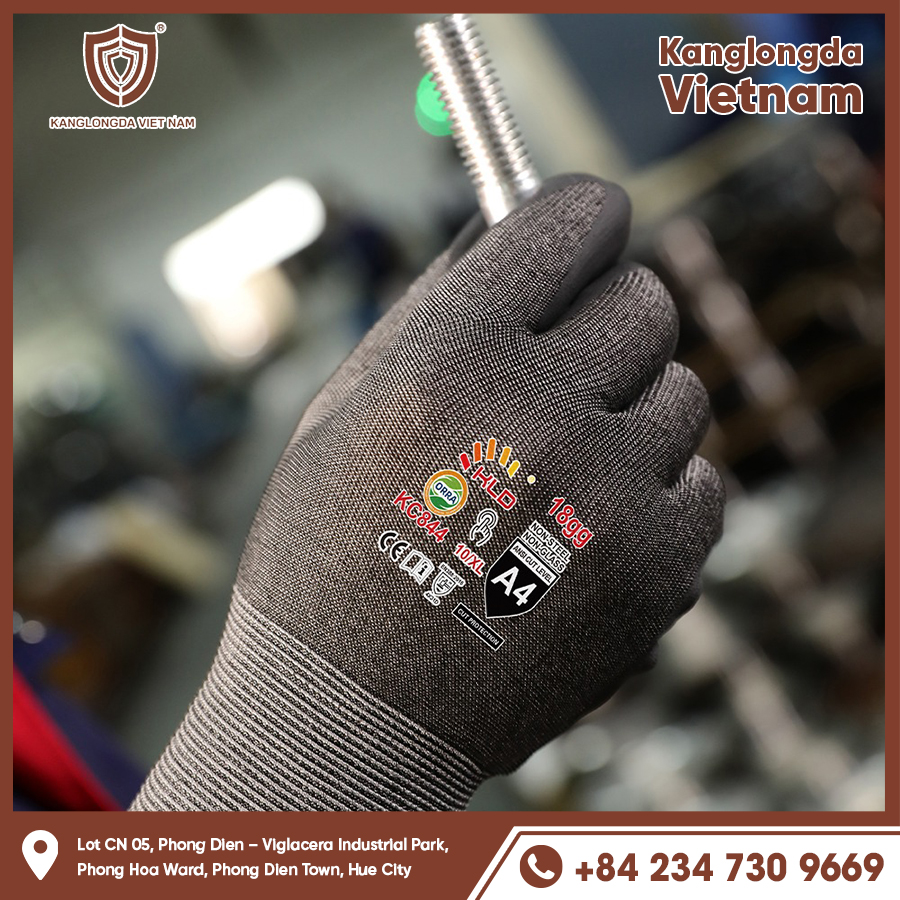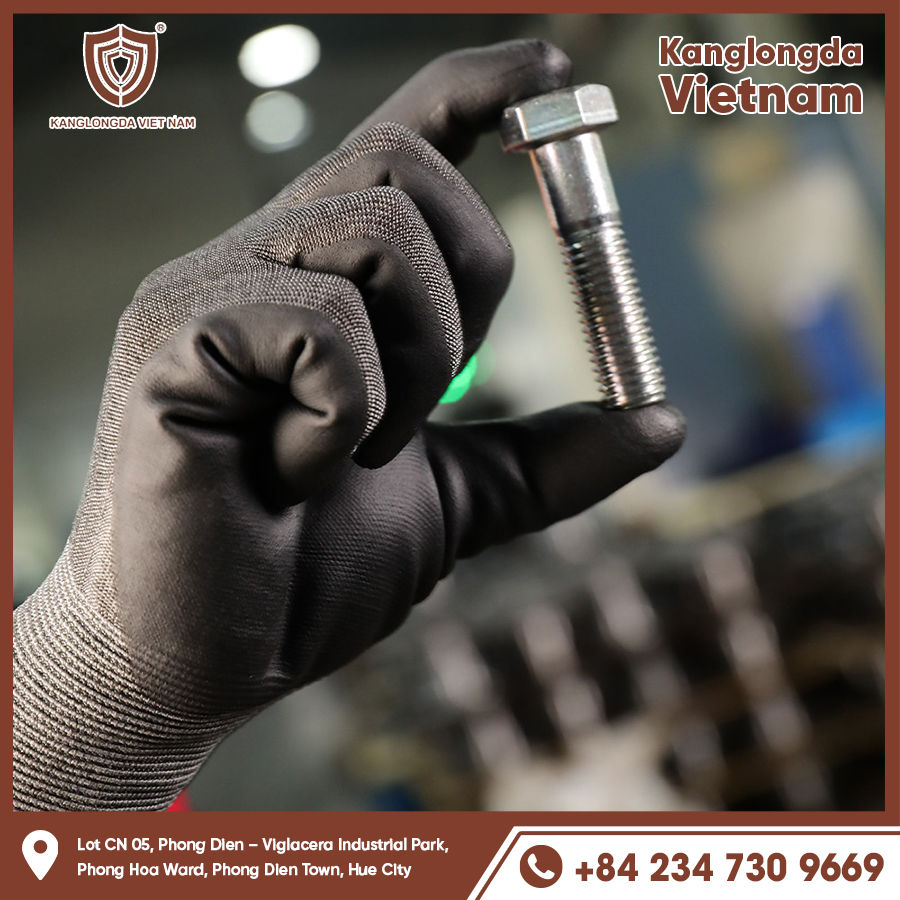Ski gloves are essential gear for anyone hitting the slopes. They protect your hands from biting cold, snow, and wind while ensuring you maintain grip and dexterity for optimal performance. The right ski gloves can prevent frostbite and discomfort, allowing you to enjoy skiing or snowboarding for hours. In this detailed guide, we cover everything you need to know about ski gloves — from choosing the perfect pair to caring for them properly.

Understanding the Role of Ski Gloves
Protecting Your Hands from Cold Injuries
Ski gloves shield your hands from extreme cold and wind chill, which can cause frostbite or hypothermia. Good gloves trap heat effectively while blocking out cold air, ensuring your fingers stay warm and functional in freezing temperatures.
Ensuring Waterproof and Breathable Protection
Skiing often involves contact with snow and moisture. Without waterproof gloves, your hands can quickly become wet, leading to chills and discomfort. However, gloves also need to be breathable to let sweat evaporate and keep your skin dry from the inside. Balancing waterproofing and breathability is key for effective hand protection.
Enhancing Grip and Control on the Slopes
A secure grip on your ski poles, boots, or snowboard edges is critical. Ski gloves feature textured palms or leather reinforcements to prevent slipping and give you precise control, improving safety and performance.
Different Types of Ski Gloves Explained
Insulated Gloves for All-Around Warmth
Insulated gloves typically include synthetic materials like Thinsulate or PrimaLoft that provide excellent warmth without bulk. These gloves often have durable outer shells and reinforced palms for protection. They are versatile and suited for most skiers in cold to moderate weather conditions.
Ski Mittens for Maximum Warmth
Mittens trap heat better by keeping your fingers together, sharing warmth more effectively. They are ideal for extremely cold or windy days but can limit finger movement and dexterity. Some mittens come with removable liners or finger separators to balance warmth and usability.
Convertible and 3-in-1 Gloves for Flexibility
These models offer the best of both worlds. A convertible glove can switch from mitten to glove mode, while 3-in-1 gloves include an inner liner plus an outer shell, giving you options to adjust for changing weather conditions without carrying multiple pairs.
Key Materials Used in Ski Gloves
Outer Shell Fabrics and Their Benefits
Most ski gloves have outer shells made from nylon, polyester, or leather. Nylon and polyester are lightweight, flexible, and treated with durable water repellent (DWR) coatings to shed moisture. Leather is highly durable and offers superior grip but requires maintenance to keep it supple and waterproof.
Insulation Materials That Keep You Warm
Synthetic insulation like Thinsulate and PrimaLoft is popular because it retains heat even when wet and dries quickly. Natural down insulation provides excellent warmth but is less common due to its vulnerability to moisture. Some gloves use a combination of both for balanced performance.
Inner Liners and Comfort Features
Soft fleece or synthetic liners wick away moisture and provide added comfort. Some advanced ski gloves feature touchscreen-compatible liners, enabling you to use smartphones or GPS devices without removing your gloves—a handy feature for modern skiers.

How to Choose the Best Ski Gloves for Your Needs
Assess Your Skiing Style and Climate
Your ideal ski gloves depend heavily on where and how you ski. For cold, alpine environments, insulated gloves or mittens with thick padding work best. In milder climates or variable weather, breathable gloves with removable liners allow you to adapt quickly. Freestyle skiers often prefer lightweight gloves for flexibility, while backcountry skiers need rugged, waterproof gloves with enhanced protection.
Finding the Perfect Fit and Size
A proper fit is critical—gloves should be snug but not tight. Gloves that are too tight restrict blood flow and reduce warmth, while loose gloves allow cold air inside. Try gloves on with any liners or base layers you plan to wear. Check that your fingers can move freely and that the wrist closures keep snow out.
Must-Have Features to Look For
Look for adjustable wrist straps or cinches to seal out snow and wind. Reinforced palms and fingertips increase durability, especially for aggressive skiers. Wrist leashes prevent losing gloves on the slopes, and nose wipes on the thumbs add convenience for cold, runny noses.
Proper Care and Maintenance of Ski Gloves
Cleaning Your Ski Gloves Safely
Follow manufacturer guidelines, often recommending hand washing or gentle machine washing with mild detergent. Avoid bleach and fabric softeners, which can damage waterproof membranes. After washing, air dry gloves away from direct heat to preserve materials and insulation.
Restoring Water Repellency and Functionality
Waterproof coatings degrade with use. Regularly apply spray-on or wash-in DWR treatments to restore water resistance. Check for tears or worn areas and repair small damages promptly to prolong glove life.
Storage Tips for Off-Season Longevity
Store gloves in a dry, ventilated space away from sunlight. Avoid compressing insulated gloves to protect loft and warmth. Using a breathable bag or container helps prevent mold and odors.
Additional Tips and Innovations in Ski Gloves
Choosing Gloves for Kids and Beginners
For children and novices, focus on gloves that offer warmth, easy adjustability, and durability. Velcro closures and simple designs make it easier for kids to put gloves on and off independently. Budget-friendly options with replaceable liners add value as children grow.
New Technologies in Ski Gloves
Modern ski gloves incorporate advanced features such as heated inserts powered by rechargeable batteries, touchscreen compatibility, and antimicrobial linings to reduce odors. These innovations enhance comfort and functionality for tech-savvy skiers.
Eco-Friendly and Sustainable Options
Some brands now offer gloves made with recycled materials or environmentally friendly manufacturing processes. Choosing sustainable ski gloves can reduce your carbon footprint without compromising performance.

Ski gloves are a vital investment for any winter sports enthusiast. They protect your hands from harsh elements, provide necessary grip and control, and can even influence your overall skiing experience. By understanding the types, materials, and features available, you can select gloves tailored perfectly to your skiing style and local climate. With proper care, your ski gloves will provide warmth and comfort season after season, keeping you ready to conquer the slopes with confidence






